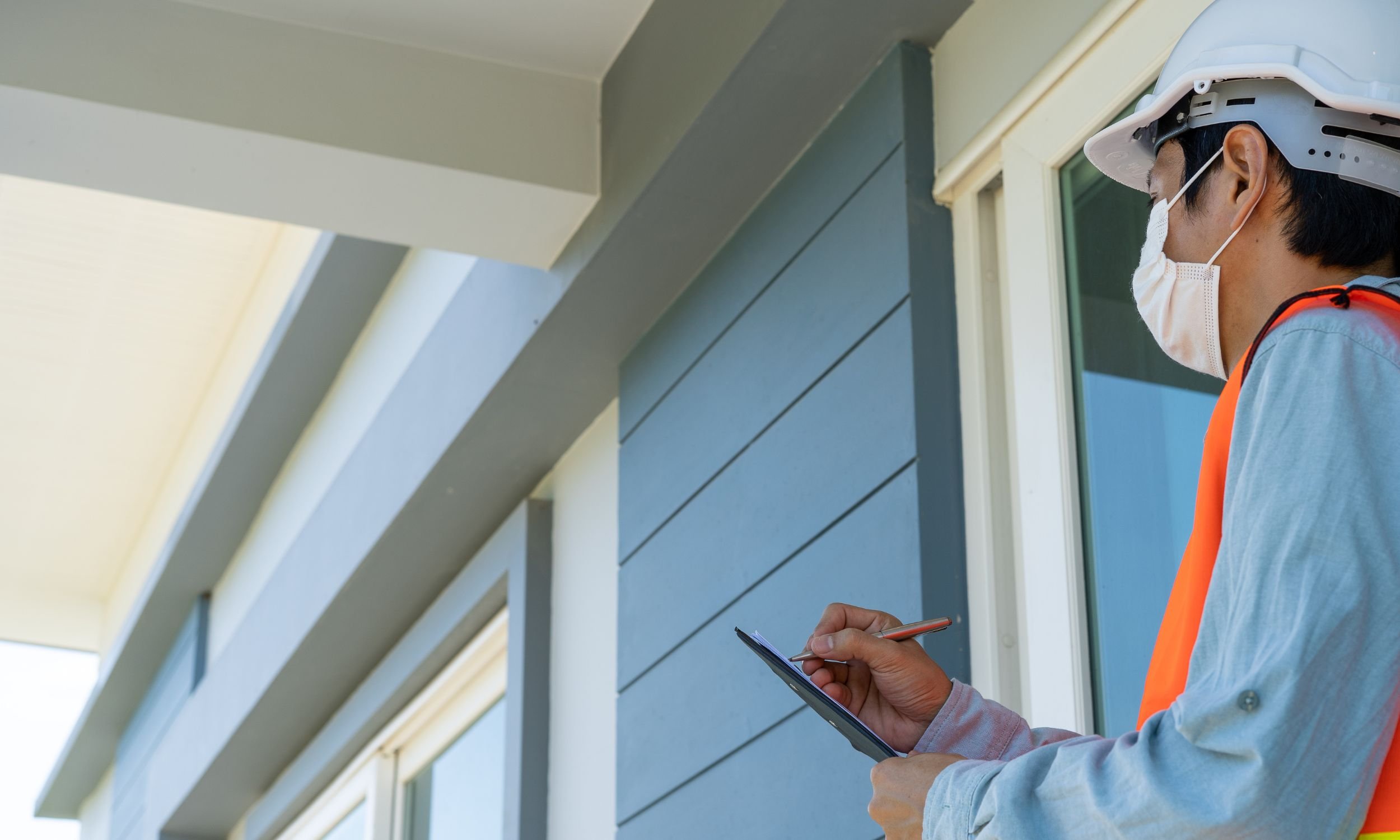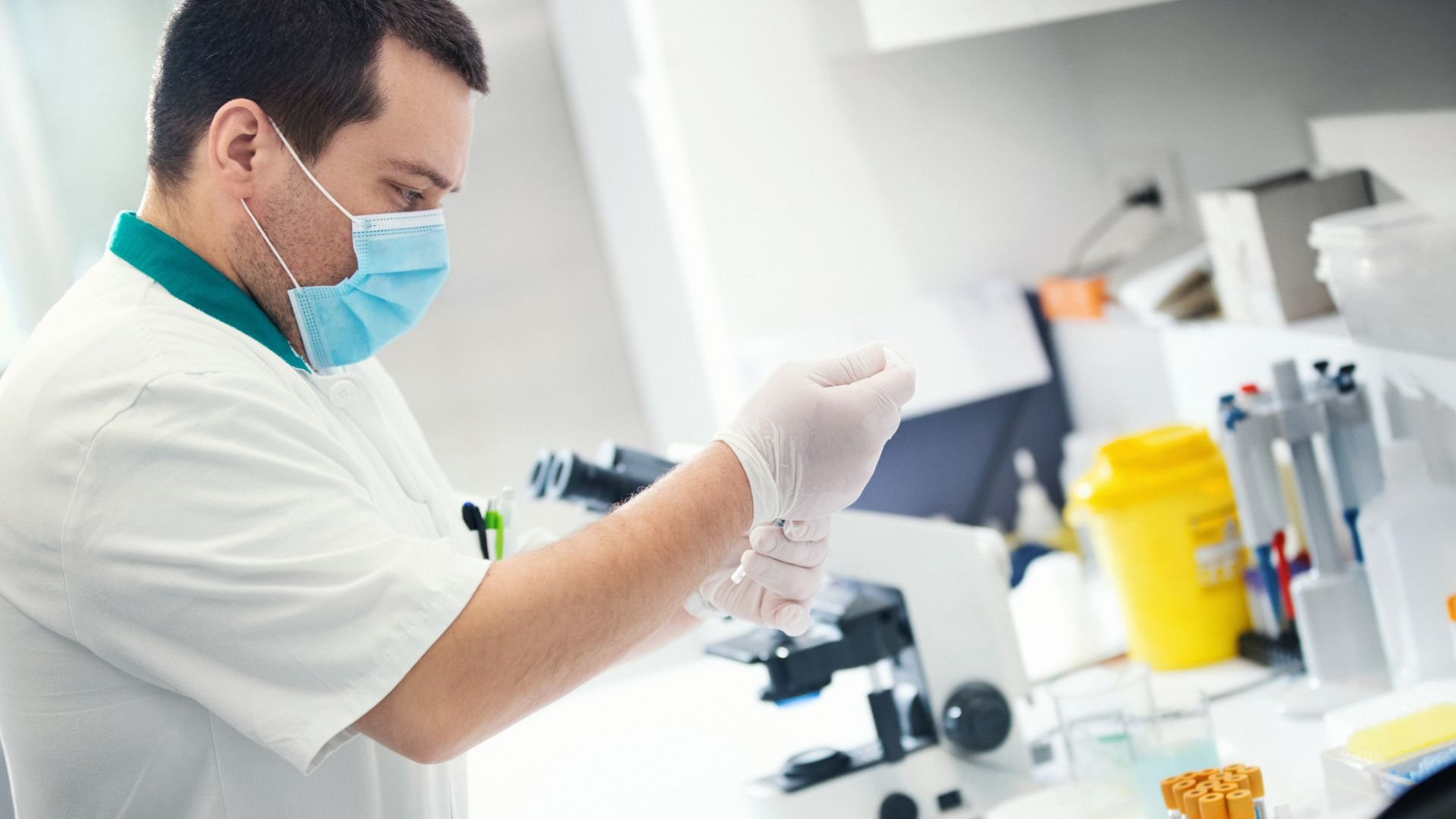
Moisture & Mould Testing
Mould is a type of fungi that thrives in moist environments due to water damage issues, moisture intrusion, high humidity levels, and inadequate ventilation. Mould can spread throughout a building in as little as 48 hours. It can grow out in the open or hidden in the roof, subfloor and wall cavities. To grow indoors, mould needs moisture and food. Moisture is the most important factor influencing mould growth indoors. As mould grows, it produces mould spores that are very small and easily float in the air, polluting your indoor air quality. Moisture control is the key to mould control.
Mould & Your Health
One in four people are unable to produce anti-bodies to fungi and the consequences of exposure to mould can have devastating long-term effects. Mycotoxins (fungal toxins) can cause a range of health problems with only a small amount of exposure. Mould spores polluting your indoor air can trigger existing health conditions or cause negative health effects, including (but not limited to):
Chronic allergies ranging from mild to severe
Infections
Chronic Inflammation
Irritation of the respiratory system
Flu like or Hay fever like symptoms, runny nose, sneezing, persistent cough
Fatigue
Asthma and trouble breathing
Irritation to the eyes, skin
Skin rashes
Headaches
Biocides / Chemicals
Biocides are substances that can destroy living organisms. The use of a biocide or a chemical (chlorine bleach for example) to kill mould is not recommended as a routine practice during mould clean up by the US EPA. Dead mould is allergenic and may cause reactions and other health effects. The best approach is to remove the food (moisture) and remove all mould from the property.
Why Hire a certified mould testing technician?
A certified mould testing technician is an individual who is qualified by knowledge, skill, education, training, certification and experience to perform an assessment of the fungal ecology of structures, systems, and contents at a job site. The tester creates a sampling strategy, samples the indoor environment and submits it to an appropriate laboratory, interprets laboratory data and determines the level of mould contamination to establish a scope of work and verify the return of the job site to a normal fungal ecology. According to the IICRC S520 - Standard for Professional Mould Remediation, the mould testing/assessment should be done by an independent tester with the relevant qualifications. Not having done so is considered a deviation from the standard.
As building biologists, we always act with honesty and integrity, in the best interest and the well-being of our clients.
Steps to Mould Testing
-

1. Exposure History Survey
The first step is to take an exposure history survey to determine potential health hazards in the home, history of water events and occupant's health.
-

2. Site Inspection
Visual inspection is done to identify signs of moisture, visible mould and odour. Toolkit:
A. Moisture Meters
B. Thermal camera
C. Borescope
D. NIOSH tool/checklist
E. UV torch light
-

3. Sampling & Testing
Air or surface samples taken to identify pathological mould. Samples to be analysed by a NATA accredited laboratory. Sampling method:
A. Air samples
B. Swab samples
C. Tape lift samples
-

4. Final Report
A comprehensive report of all findings, results of lab analysis and recommendations.
• Exposure history
• Site inspection
• Moisture mapping
• Level of contamination
• Recommendations

